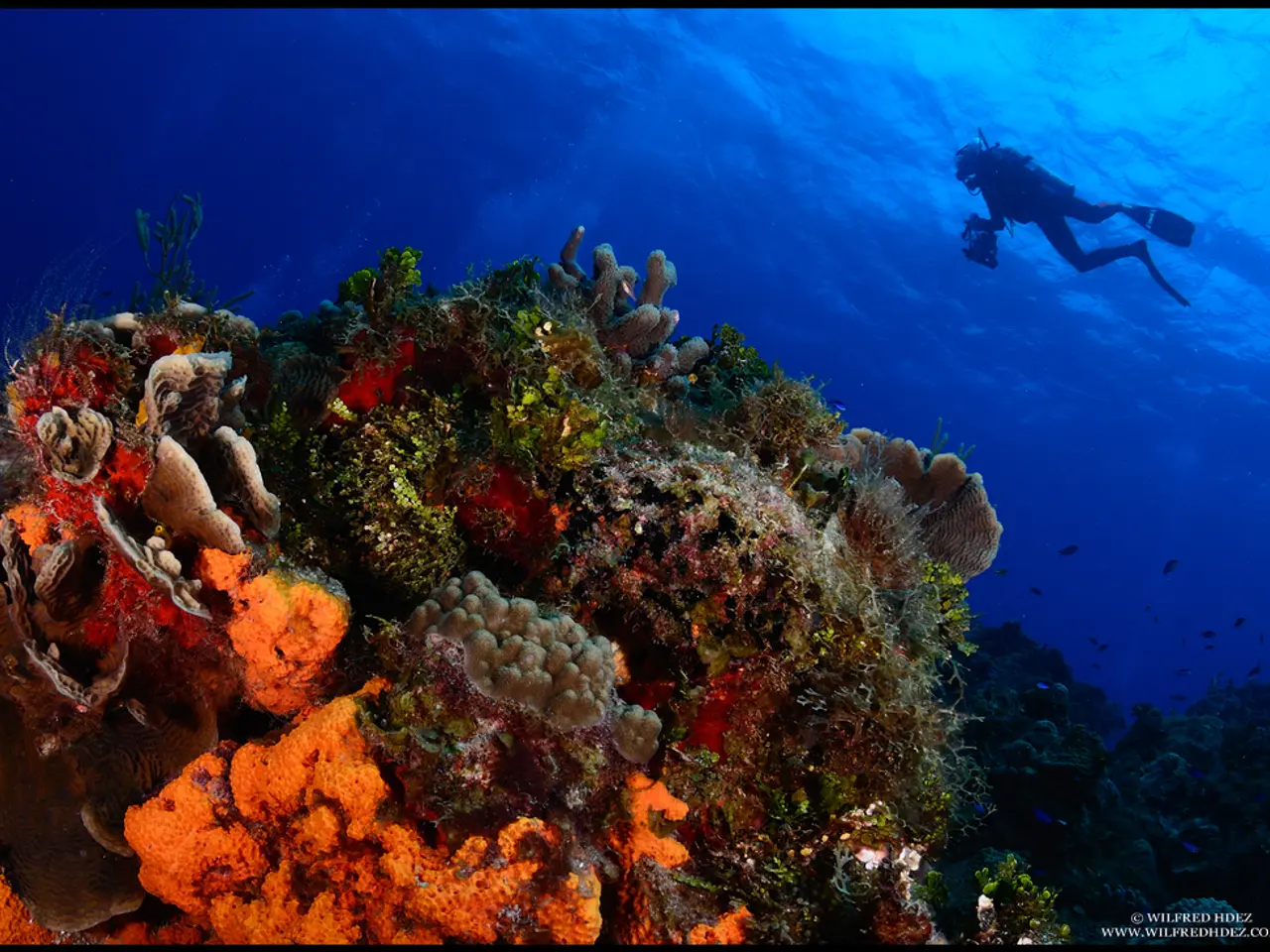Uncharted, Secluded Scuba Diving Locales
Remote Scuba Diving Destinations Offer Unique Underwater Experiences
Cocos Island, located off the Pacific coast of Costa Rica, is a remote and exceptional scuba diving destination that can only be accessed by a liveaboard trip. Known for its large shark species and other pelagic marine life, Cocos Island offers over 20 diverse dive sites, including Bajo Alcyone, Dirty Rock, and Manuelita Deep, where scalloped hammerhead sharks are often seen in groups over 100. Other key underwater highlights include mantas, tiger sharks, dolphins, stingrays, whale sharks, and vibrant coral gardens such as Manuelita Garden and the swim-through at Dos Amigos Grande.
Diving conditions in Cocos Island feature water temperatures averaging 72-82°F (around 22-28°C), cooler thermoclines, and visibility typically around 12-15 meters, sometimes reaching 30 meters. The best seasons for hammerhead schools and manta rays are April to November and November to April respectively; bull sharks are most common June to October. Strong currents and variable depths (13 to 40 meters) make some sites suitable only for advanced divers with recommended qualifications like Advanced Open Water and at least 30 logged dives.
Other off-the-beaten-track scuba diving destinations include:
- Komodo, Indonesia: Famous for its rich biodiversity, strong currents, and encounters with manta rays and large pelagic species; renowned dive sites include Batu Bolong and Castle Rock.
- Solomon Islands: Known for pristine coral reefs, WWII wreck dives, and abundant marine life in a less-touristed region.
- Papua New Guinea: Offers unique cultural experiences combined with vibrant coral reefs, rare species, and challenging dive sites.
- Micronesia: Includes numerous atolls and seamounts with clear waters, healthy coral systems, and strong big fish currents.
- Mozambique: Features impressive coral reefs, reef sharks, manta rays, and seasonal whale shark sightings with relatively fewer divers compared to more popular African destinations.
Each location is characterized by remoteness, relatively pristine dive sites, exciting marine biodiversity, and a level of logistical challenge usually requiring liveaboard or specialized dive trips. These places appeal especially to divers seeking encounters with large pelagic species or unique underwater topographies away from crowded tourist hubs.
In addition to Cocos Island, Komodo National Park in Indonesia is a UNESCO World Heritage Site with world-class drift diving and a variety of marine species. Muck diving originated in Papua New Guinea's Milne Bay, contributing to its status as one of the best scuba diving destinations in the world. Kimbe Bay in Papua New Guinea is home to one of the most beautiful reefs in the world.
The Solomon Islands have a year-round diving season, while Papua New Guinea's reef system is one of the most diverse in the coral triangle. The diving season in Papua New Guinea is year-round, but the wet season is from January to March. South Komodo experiences upwellings of deeper cool water along its coast, bringing with it brisk currents and a plankton soup that attracts marine life.
Non-diving activities in Papua New Guinea include birdwatching and cultural experiences visiting local land tribes. The best sites in Papua New Guinea are concentrated around New Guinea's south eastern tip, and the islands of New Britain and New Ireland. Komodo can be accessed by liveaboard boats departing from Labuan Bajo on Flores Island or Bali, or Bima on Sumbawa Island.
[1] Source 1 [2] Source 2 [3] Source 3 [4] Source 4
- A liveaboard trip is required to reach Cocos Island, a remote scuba diving destination off the Pacific coast of Costa Rica, known for its diverse dive sites and large shark species.
- The Solomon Islands is a less-touristed region with pristine coral reefs, offering a unique underwater experience for scuba divers.
- In addition to Cocos Island, Komodo National Park in Indonesia is a UNESCO World Heritage Site with world-class drift diving and an abundance of marine species.
- Muck diving originated in Papua New Guinea's Milne Bay, contributing to its status as one of the best scuba diving destinations in the world.
- The best season for spotting hammerhead schools in Cocos Island is April to November, while the best season for manta rays is November to April.
- The travel lifestyle of liveaboard diving trips allows explorers to live, work, and breathe marine life while exploring remote and unique underwater environments like Cocos Island.
- During non-diving activities in Papua New Guinea, visitors can participate in birdwatching and cultural experiences with local land tribes, adding a home-and-garden touch to their travel experiences.




